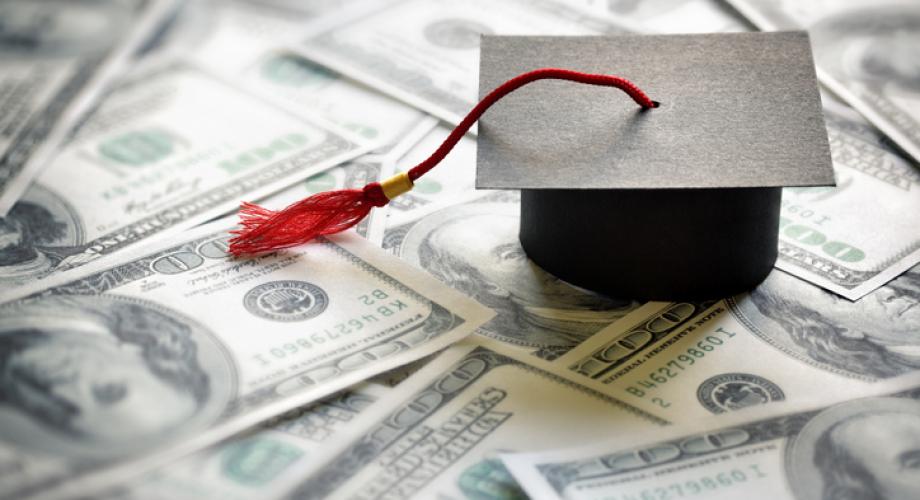While many factors have influenced the downward slide in the rate of homeownership, some say that the historic levels of student loan debt have been a particular impediment. Indeed, outstanding student loan balances have more than doubled in real terms (to about $1.5 trillion) during the past decade, with average real student loan debt per capita for individuals ages 24 to 32 rising from about $5,000 in 2005 to $10,000 in 2014.
In surveys, young adults commonly report that their student loan debts are preventing them from buying a home. It is estimated that roughly 20 percent of the decline in homeownership among young adults can be attributed to their increased student loan debts since 2005.
The relationship between student loan debt and homeownership is complex. On the one hand, student loan payments may reduce an individual’s ability to save for a down payment or qualify for a mortgage. On the other hand, investments in higher education also, on average, result in higher earnings and lower rates of unemployment. A $1,000 increase in student loan debt (accumulated during the prime college-going years and measured in 2014 dollars) causes a 1 to 2 percentage-point drop in the homeownership rate for student loan borrowers during their late 20s and early 30s.
Credit Card Debt. According to a new survey of 1,000 people from the personal-finance company Bankrate, 29 percent of Americans have more credit-card debt than they do emergency savings. This is up from a year ago (21 percent).
